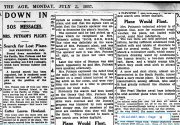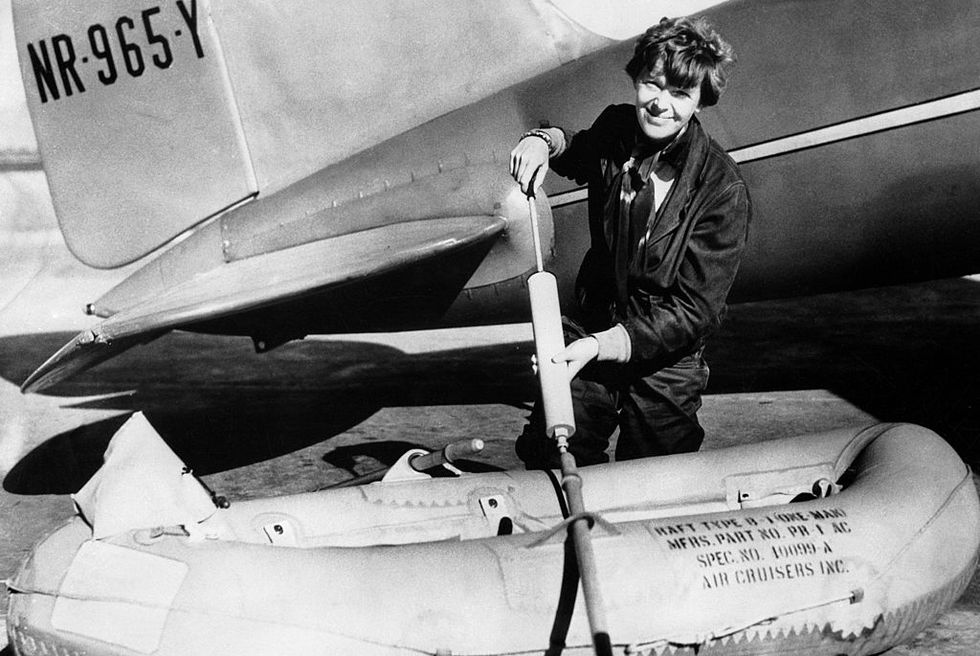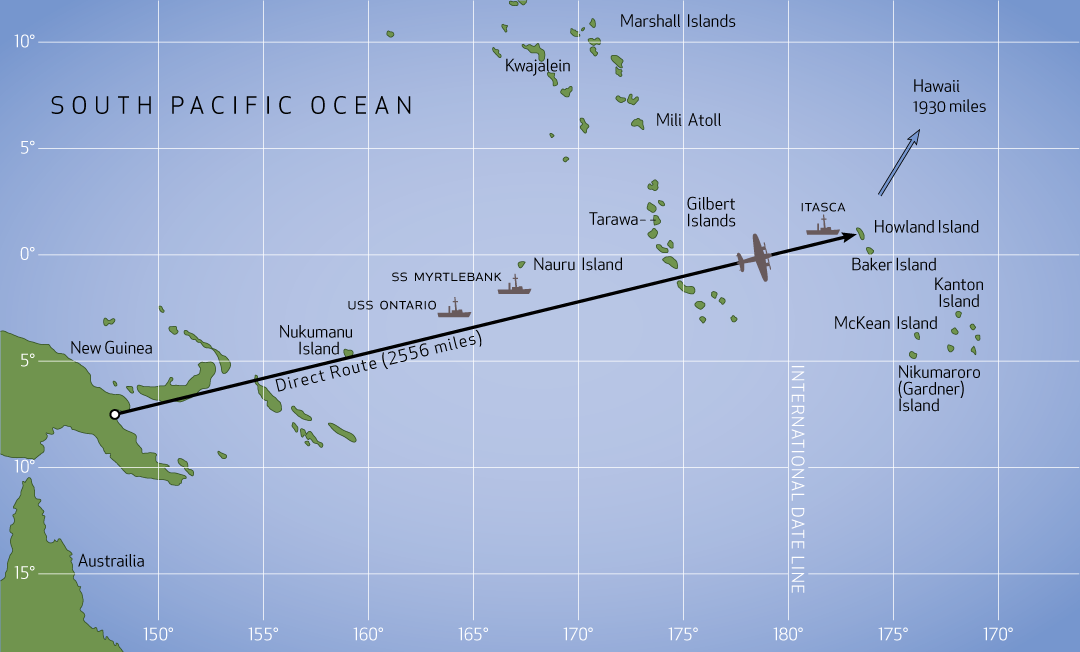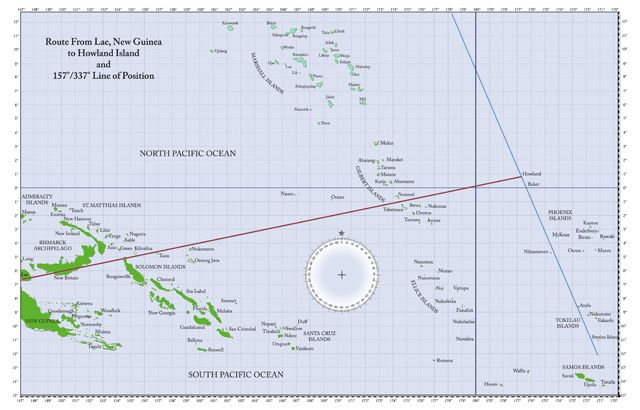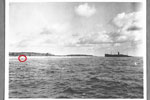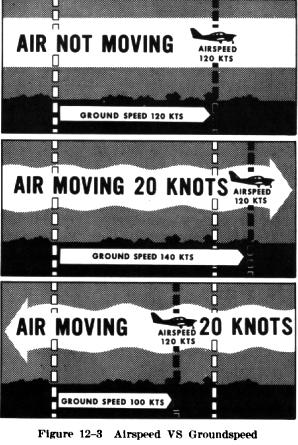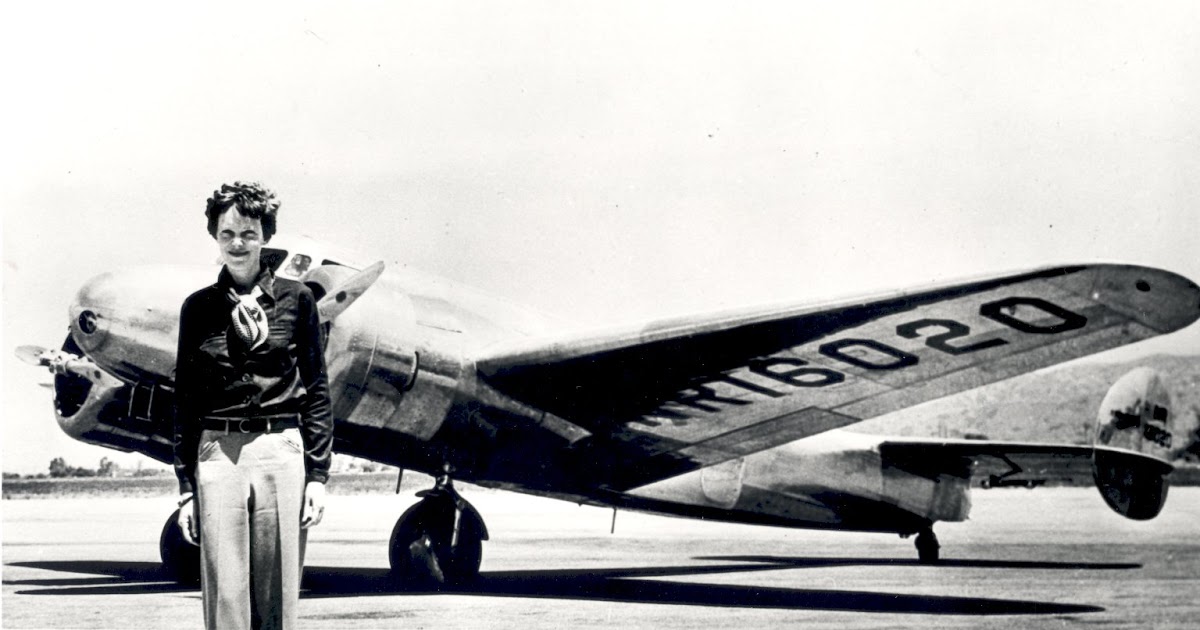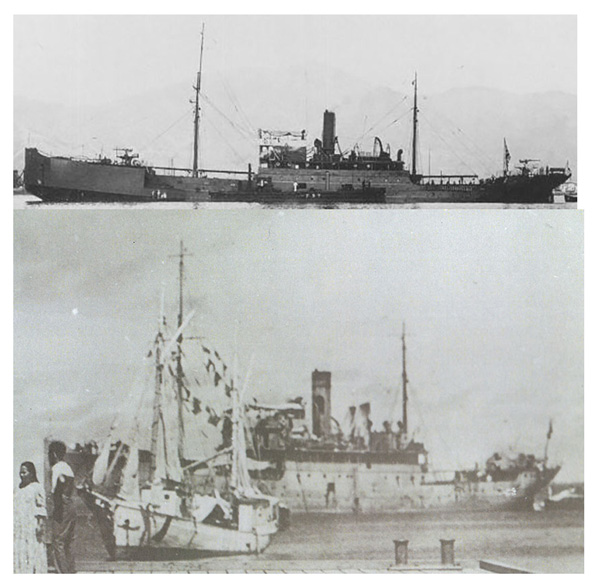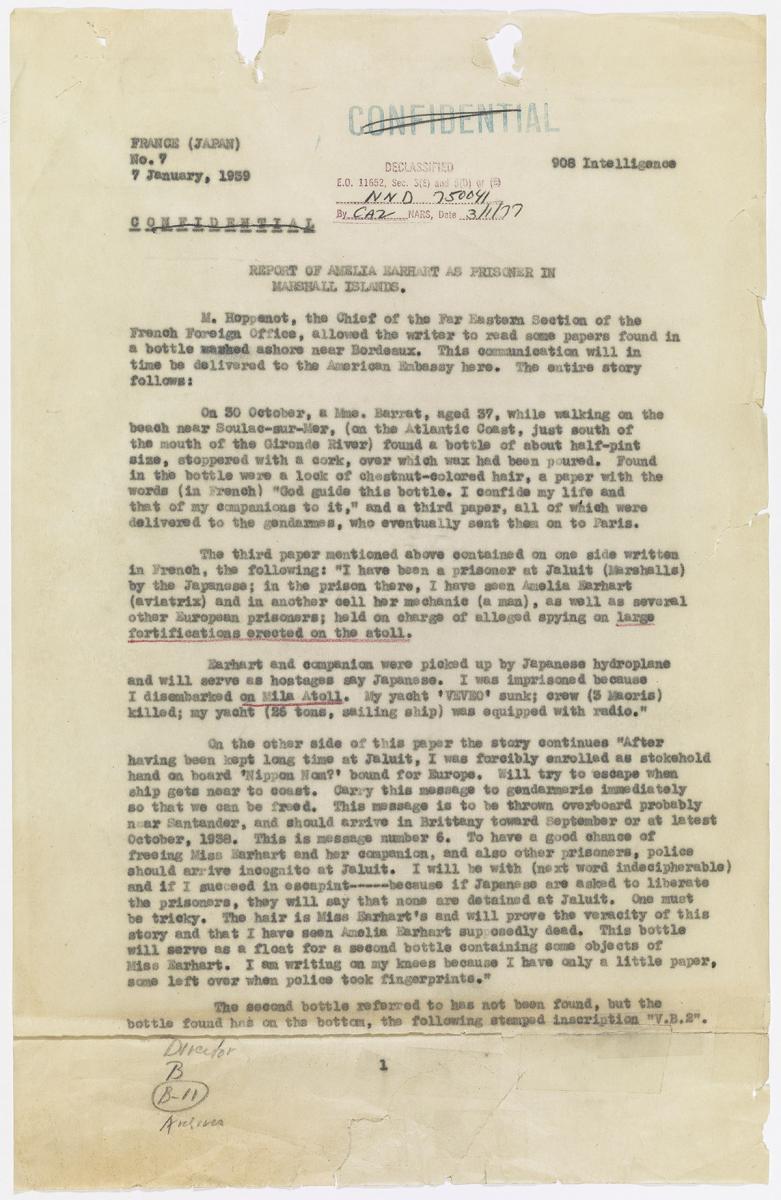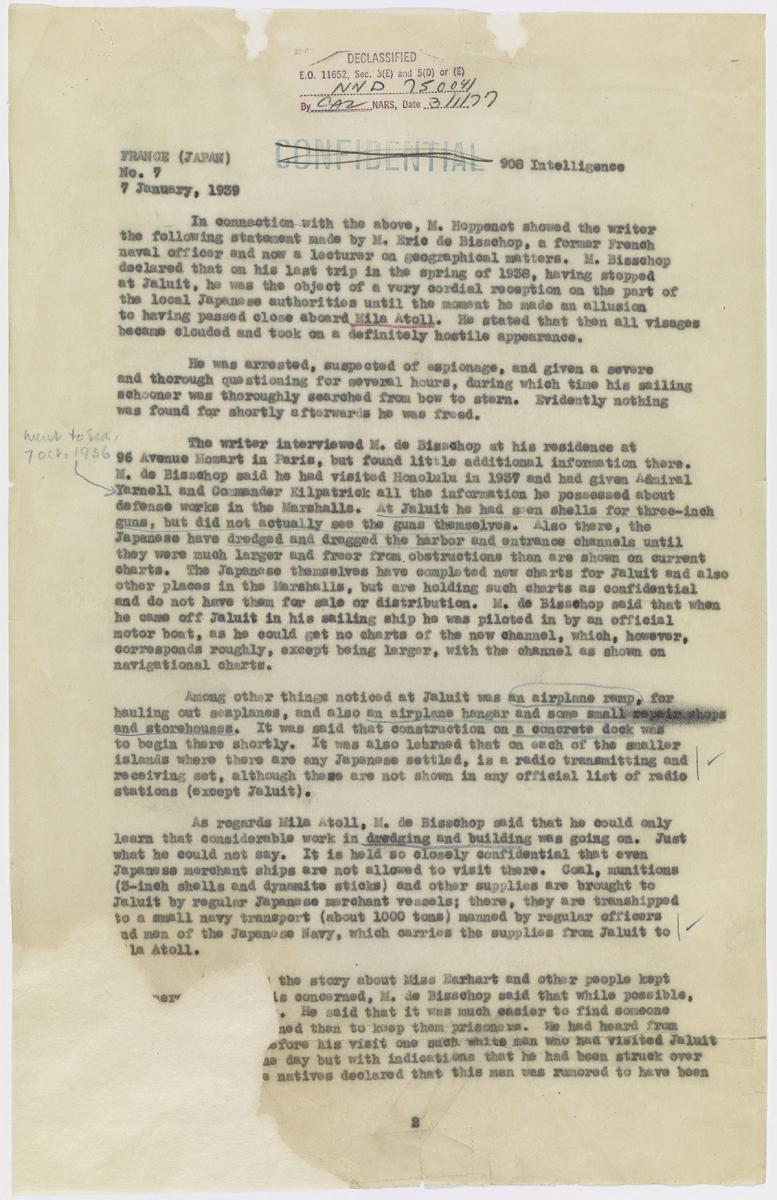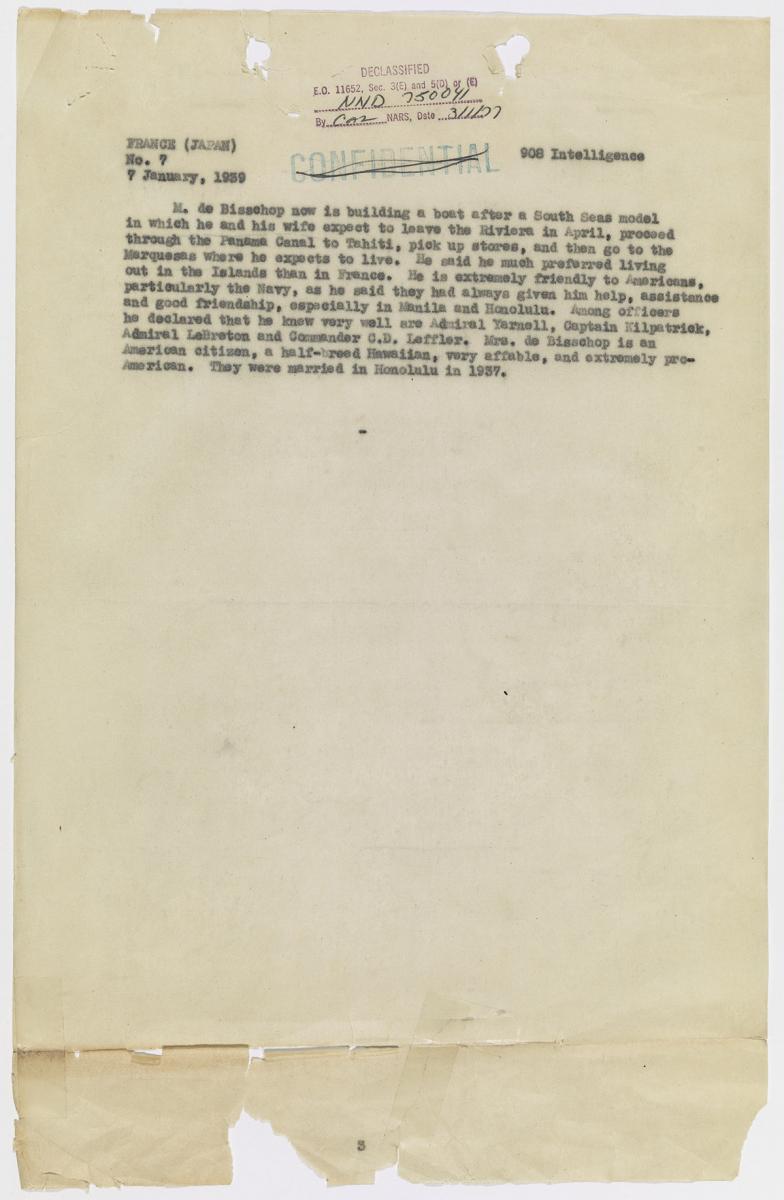Interesting comments on radio propagation and theories about possible ways to locate Amelia.
If anybody had received signals from Amelia, they would have been receiving sky waves, rather than direct path transmissions. Sky waves occur when a transmitted radio signal bounces off the ionosphere and returns to earth. Depending on the initial strength and atmospheric conditions, these sky waves can "bounce" several times and cover many miles.
Drawings made to illustrate Sky Wave Propagation always show simple single lines extending from a transmitting antenna, up to the ionosphere, and then back to a receiving antenna on earth. In actuality, areas of sky wave coverage would tend to plot out on a map as rings inside which a receiver might pick up a transmission on either the initial frequency or maybe a harmonic of that frequency.
Many factors can affect sky waves - time of day, temperature, interference from other signals, location of the receiving station, power, size of antenna, etc. etc. As atmospherics change, a signal might get stronger or fade out.
Night time is best for picking up sky wave signals. You can see this by tuning in stations on an old AM radio. On a good night, you might pick up a station from a state on the other side of the country.
One station might pick up a signal, but another, just outside the ring of sky wave convergence might not.
LINKS:
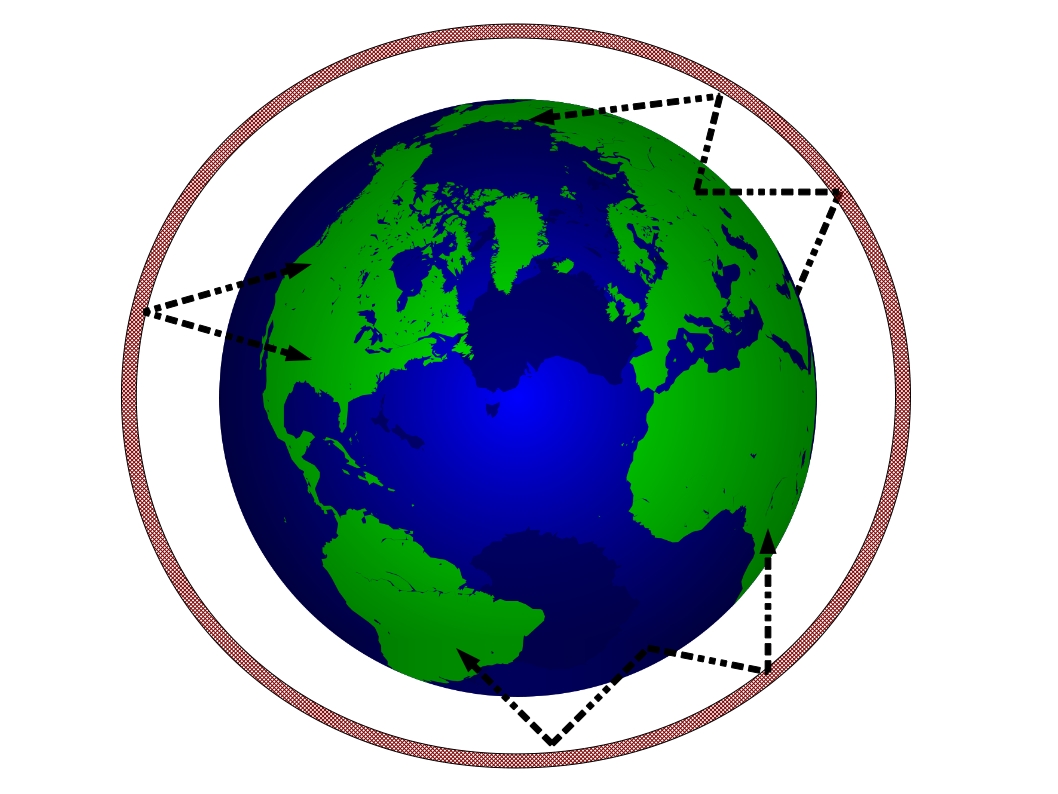
 en.wikipedia.org
en.wikipedia.org

 byjus.com
byjus.com
 www.sciencedirect.com
www.sciencedirect.com
If anybody had received signals from Amelia, they would have been receiving sky waves, rather than direct path transmissions. Sky waves occur when a transmitted radio signal bounces off the ionosphere and returns to earth. Depending on the initial strength and atmospheric conditions, these sky waves can "bounce" several times and cover many miles.
Drawings made to illustrate Sky Wave Propagation always show simple single lines extending from a transmitting antenna, up to the ionosphere, and then back to a receiving antenna on earth. In actuality, areas of sky wave coverage would tend to plot out on a map as rings inside which a receiver might pick up a transmission on either the initial frequency or maybe a harmonic of that frequency.
Many factors can affect sky waves - time of day, temperature, interference from other signals, location of the receiving station, power, size of antenna, etc. etc. As atmospherics change, a signal might get stronger or fade out.
Night time is best for picking up sky wave signals. You can see this by tuning in stations on an old AM radio. On a good night, you might pick up a station from a state on the other side of the country.
One station might pick up a signal, but another, just outside the ring of sky wave convergence might not.
LINKS:

Skywave - Wikipedia

Sky Wave Propagation And Its Skip Distance, Critical Frequency And Applications
Sky wave propagation is a radio wave propagations and is used to cover distances beyond the horizon. To know more on skip distance, critical frequency and its applications, visit BYJU’S
Sky Wave - an overview | ScienceDirect Topics
Last edited:

